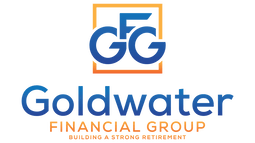Follow Us
10 Street Name, City Name
Country, Zip Code
555-555-5555
myemail@mailservice.com
Is the Stock Market being Artificially Manipulated
Being on Wall Street means being in The Old Boy's Club.
I have always wondered what it might be like to be an insider at Wall Street, to be able to know secrets before others, to have a head start in trends and events. I am not talking about “insider” information. I am speaking about the “old boys” club. A recent article in Bloomberg Business provided insight into the stock market and why many big companies are profiting. At the same time, so much money from smaller investors is fleeing.
This is possibly the scariest thing I have ever read about the securities industry. But, if this is true, and I believe it to be, then it sets up our annuity industry for a long time.
Here is the shocker: the single biggest reason the stock market has been artificially supported is because of corporate stock buybacks.
Why wouldn’t a company buy back its stock when interest rates are low? Almost any company in a growth cycle could issue bonds at low interest and use the money to repurchase their stock. Does it get any simpler?
Here is the question of the day. What happens when this artificial support weakens or stops altogether? Then, a giant BEAR market is what we will have. The enclosed article from the most respected source I use (Bloomberg) says just that. If we enter a Bear cycle and stay there, Fixed Indexed Annuities (FIA) will be the darling of the financial world.
Here are two power statements from the Bloomberg article:
- Standard & Poor’s 500 Index constituents are poised to repurchase as much as $165 billion of stock this quarter, approaching a record reached in 2007.
- The buying contrasts with rampant selling by clients of mutual and exchange-traded funds, who, after pulling $183 billion in 2019. Money market funds now hold over $3 Trillion in cash. Three-quarters of the withdrawals are from smaller retail customers.
Here are the article and the link; if you read it carefully, you will see that approximately $590 billion is entering the market in 2016 strictly from large companies buying back their own stock. At the same time, it is estimated that $200 billion from small investors will be exiting in 2020.
Only One Buyer is Keeping S&P 500’s Bull Market Alive
Bloomberg News

Request More Information
Get your free, no-hassle consultation
Contact Us
We will get back to you as soon as possible.
Please try again later.
Goldwater Financial Group
The information provided herein is the exclusive property of Goldwater Financial Group, LLC. This material has been prepared for
informational and educational purposes only. It is not intended to provide nor should be relied upon for accounting, legal, tax, or investment advice.




